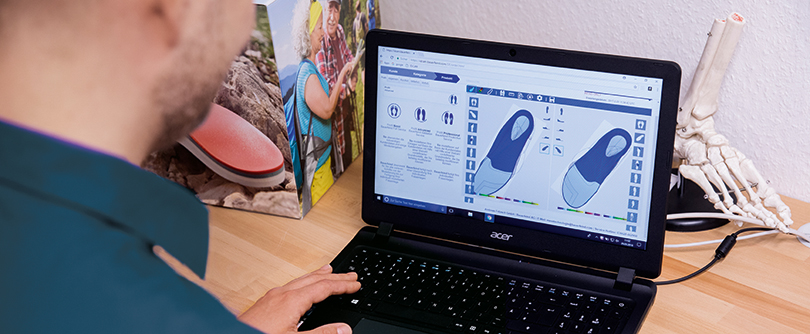Story Check With ErgoPad ID:Diabetes, Bauerfeind now offers a milled orthoses for diabetics as well.
- Jan Fritzsch from the Andreas Fritzsch GmbH medical supply retailer has been using the Bodytronic ID:CAM web application for years now.
- He believes that diabetics should begin wearing a foot orthoses in the early stages of diabetes.
- Especially important for diabetics is the fact that ErgoPad ID:Diabetes contains Vepur soft foam, which has excellent shape retention properties.






